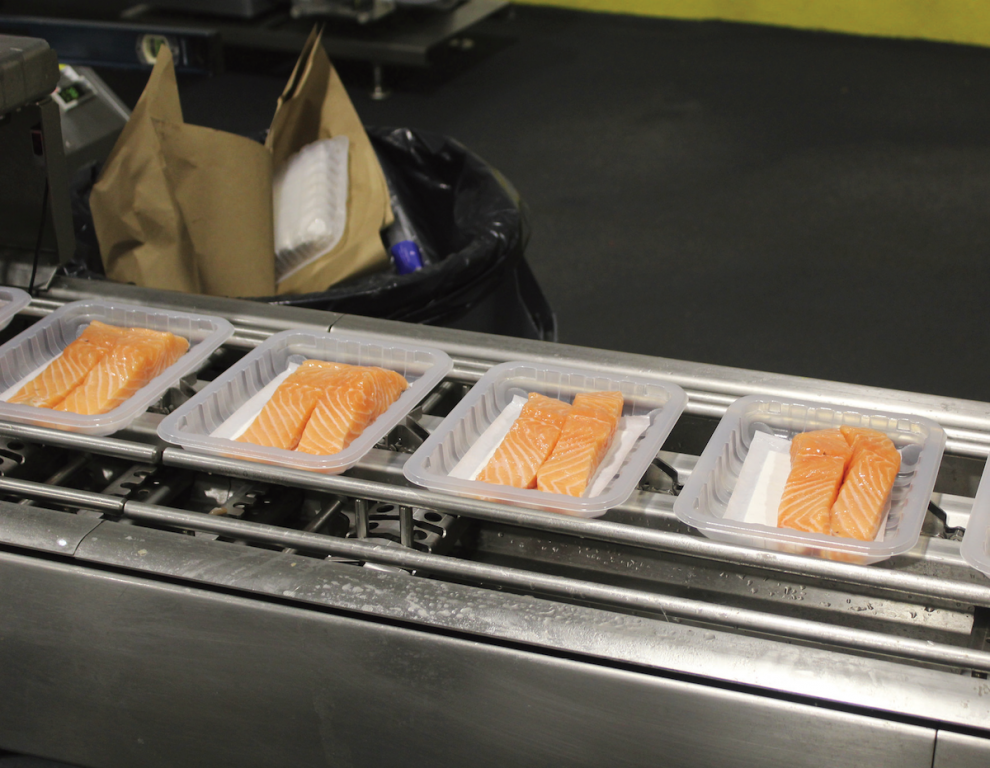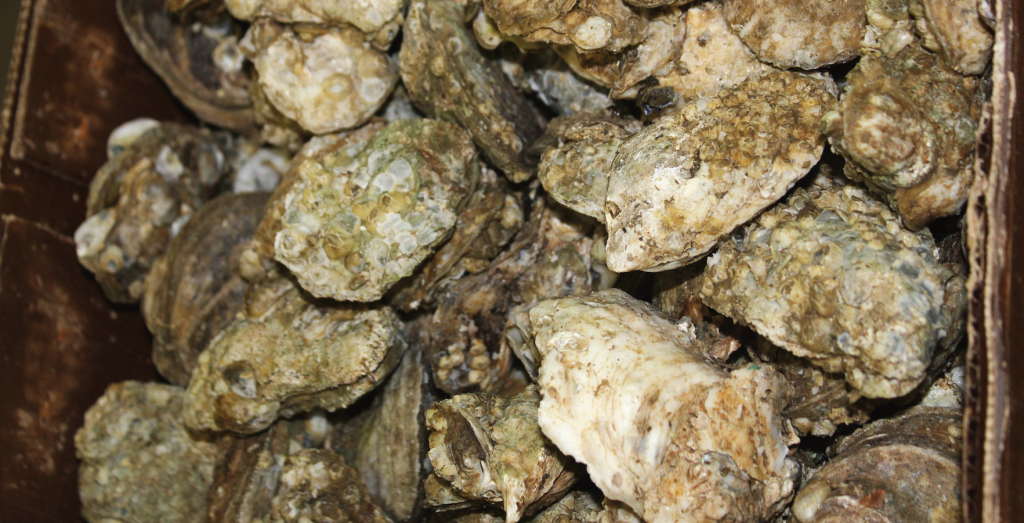Virginia TCL provider plays key role in producing and distributing Martha Stewart seafood line.
Designer clothes, designer sheets—designer fish?
The product line bearing the celebrity’s brand includes portion-controlled servings of fish, a butter flavor or spice blend, and a recipe created by Martha’s Test Kitchen. The first four products launched were Atlantic salmon with lemon herb butter, Sockeye salmon with miso butter, wild Alaska pollock with a southwest spice blend, and a seafood medley—combining portions of all three fish with an herb spice blend. Sequential Brands Group is the company that owns, promotes, markets, and licenses the Martha Stewart brand, among others.

Cooke Seafood USA, a subsidiary of True North, invested $2.8 million last year in its Wanchese Fish Company facility in Suffolk, Virginia, which will play a key role in the processing and packaging of the products into meal-sized plastic containers. The Canada-based company’s initial line of four products became available in U.S. grocery stores in May. The company said it will later develop a Canadian line as well. This is the first time the company has worked to earn the imprimatur of someone with Stewart’s history as an authority on lifestyle, cooking, and recipes, according to company officials.
True North Seafood is one of the largest seafood vendors in North America. The family-owned and operated company is a vertically-integrated provider of farmed and wild seafood. Under its Cooke family of brands, True North has access to 17 species of fish from Atlantic Canada, the United States, Chile, Scotland, Spain, Uruguay, Honduras, and Nicaragua.
Stewart Connection
Martha Stewart became familiar with True North after visiting the company’s salmon farms near her home in Maine. It took about two years to reach a deal that launched the products at the Seafood Expo North America in Boston in mid-March. True North also piloted a project with Martha Stewart to sell some salmon products on the QVC home shopping channel, and it sold out quickly.
In a statement, Stewart said that “knowing where my seafood comes from is very important to me,” adding that she has “served True North seafood to family and friends for years.” During her visit to True North’s Maine facility, “I saw first-hand their innovative and industry-leading methods of sustainable farming and fishing.”
“This line is all about convenience and quality product,” said Andrew Young, vice president of global sales and marketing at True North Seafood. “It is a perfect option for existing seafood customers while encouraging new customers who may not be as comfortable buying or preparing seafood to shop the category.”
The Suffolk facility, which opened in 2000, is Cooke Seafood’s headquarters, and as such True North’s U.S. base of operations. All fish destined for the U.S. market are processed at its Suffolk Cold Storage facility. The company also sells other forms of protein, such as poultry. The company’s vertical integration means that it runs its own end-to-end importing, exporting, and distribution operations. With its own fleet of trucks, the company offers logistics services to other distributors of seafood and protein, generating extra revenue from its 100-percent asset-owned fleet.

“You have to be vertically integrated when you are dealing with fish,” said Adam Childs, head of business development at Suffolk Cold Storage, because of the specialized handling and temperature requirements involved.
Imports and Exports
The company imports from and exports to markets all over the world. “We import mostly from Vietnam,” said Childs. “Our primary export markets are Jamaica and Saudi Arabia, for poultry.”
Cooke Seafood has been acquiring other companies of late, expanding its portfolio of protein products. The company recently acquired Omega Protein, which focuses on producing fish oil. Cooke also bought Sea Joy, a previous competitor of Wanchese, and with it its supply of farm-raised shrimp from Ecuador.
The Suffolk facility features over 5.3 million cubic feet of refrigerated space, with temperature ranges of -10 degrees to +48 degrees Fahrenheit, a 17,500 pallet capacity with two-deep reach racking, 19,000 square feet of refrigerated dock, and 27 truck loading doors.
“Most trucks are turned in less than two hours,” said Childs.
Warehousing services provided include crossdocking; case picking, stretch wrapping, and applying shipping identification; sorting and repacking of individual units for UPS or FedEx pick up; and application of RF barcodes to every pallet which are recorded in the Suffolk Cold Storage Highjump warehouse management system.
The facility also includes United States Department of Agriculture Export Facility # 21935, where Suffolk Cold Storage associates work directly with USDA inspectors to coordinate and perform product inspections. The facility is also certified by the British Retail Consortium, the European Union, and the Russian Federation, for Pork and Poultry.
The company is also in the process of expanding its logistics assets. “We are in a buying cycle right now,” said Childs. “We recently ordered 10 new trucks,” growing the fleet to 30 trucks in the U.S. and 60 in Canada.
“But we have trouble finding drivers,” added Childs, echoing a lament often heard these days among transporters of cargo.
The expansion of the Suffolk facility was galvanized by the impending Martha Stewart deal. The expansion, announced last November, was made possible by state and local support to enable production of the Martha Stewart retail line. At the time, Cooke Seafood USA said the Wanchese expansion would add about 70 new jobs in Suffolk over the following three years, including the establishment of new corporate offices for Cooke Seafood, and production jobs for new retail seafood production lines.
Childs said the Suffolk plant is up to the challenge of processing the Martha Stewart seafood. “It’s a big reason why the company made the decision to invest in our facility,” he said. “The capabilities of Wanchese and the production facility are very well-suited to develop the product and be a point of distribution into the U.S. market.”
_Alliance_-_127500_-_8518a8cb53bfa1ee3241a9389b0c47f7b53ad9ce_lqip.png)
